Yes, Acrylic paint can be used on watercolor paper. However, it's important to know that acrylic paint and watercolor paper have different properties and techniques.
Watercolor paper is designed to handle the delicate washes and blends of watercolor paints. So, it may not be as durable when used with the heavier layers and thicker consistency of acrylic paints.
When using acrylics on watercolor paper, it's important to choose a high-quality paper with a high rag content. This type of paper is better able to handle the heavier layers of paint that are often associated with acrylics.
- What are Acrylic Paints?
- What is the difference between Acrylic paper and Watercolor Paper?
- What are 3 Benefits of Acrylic Paints?
- Conclusion
- FAQ’s
- 1. Can you use acrylic paint on watercolor paper?
- 2. Will acrylic paint damage watercolor paper?
- 3. Do I need to prepare the watercolor paper before using acrylic paint?
- 4. What types of techniques work well on watercolor paper with acrylic paint?
- 5. Can I mix mediums while using acrylic paint on watercolor paper?
- 6. How do I avoid warping when using acrylic paint on watercolor paper?
- 7. Is it possible to use acrylic paint on wet watercolor paper?
- 8. What colors work best when using acrylics on watercolor paper?
- 9. Can I use acrylic paint for detailed work on watercolor paper?
- 10. Is there a difference in drying time when using acrylics on watercolor paper?
What are Acrylic Paints?
Acrylic paint is a water-based paint made from pigment particles suspended in a synthetic binder. It dries quickly, allowing you to layer colors and create depth easily.
It can be used on canvas, paper, wood, and many other surfaces. With a wide range of colors and finishes—from matte to glossy—acrylic paint is versatile and ideal for both artwork and craft projects.
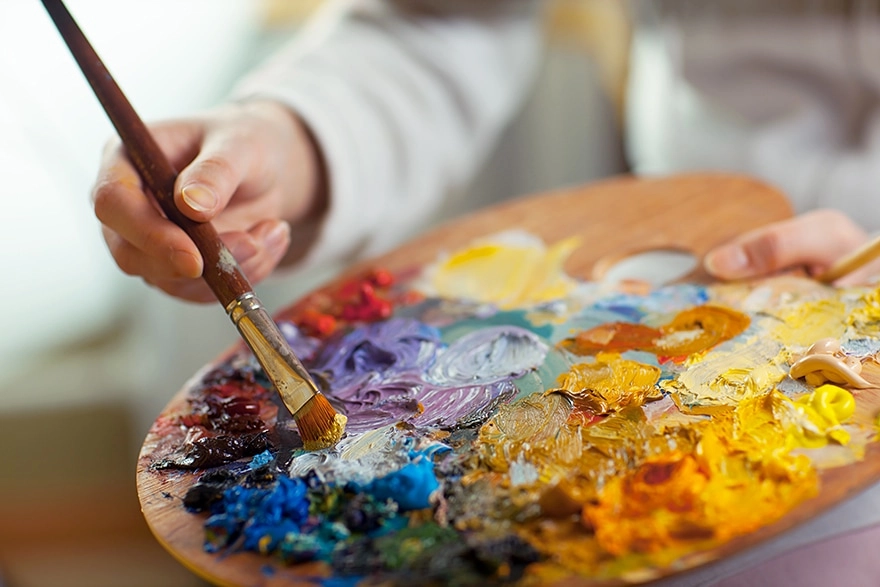
1. What Paper Can You Use Acrylic Paint on?
Acrylic paint can be used on a variety of papers, but the best types of paper to use are those that are thicker and have a higher weight.
This is because acrylic paint is water-based and can cause thinner or lighter-weight papers to wrinkle or even tear.
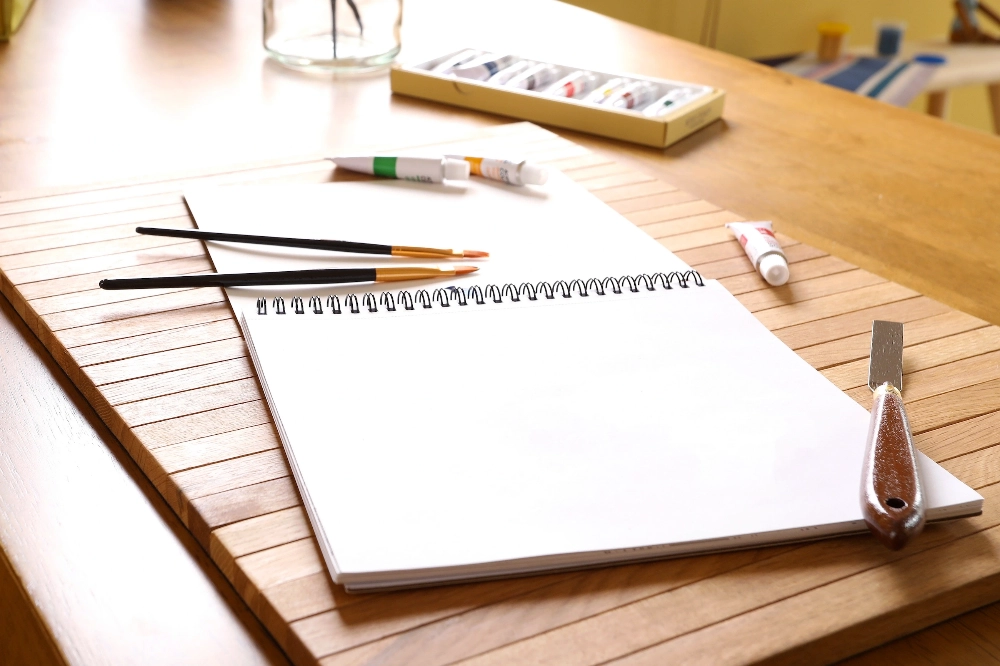
Papers that are commonly used for acrylic painting include heavyweight watercolor paper, mixed media paper, and Bristol paper. These types of papers are designed to withstand the moisture of the paint and won't buckle or warp.
However, it's always best to test a small piece of paper with the paint before beginning a project to ensure that it's suitable for your needs.
What is the difference between Acrylic paper and Watercolor Paper?
1. Acrylic Paper and Watercolor Paper
Acrylic paper and watercolor paper are both types of paper that are designed to work with different types of painting mediums. Acrylic paper is specifically designed to work with acrylic paints. It is typically thicker and more textured than regular paper, allowing it to withstand the heavy application of acrylic paint without warping or buckling.
Acrylic paper is also pH neutral, which means it won't yellow or deteriorate over time. Watercolor paper, on the other hand, is designed for use with watercolor paints. It is typically made from 100% cotton and has a unique texture that helps the paint adhere to the surface of the paper.
Watercolor paper is also thicker than regular paper, allowing it to absorb large amounts of water without buckling or warping. In summary, the main difference between acrylic paper and watercolor paper is the type of paint they are designed to work with and their respective textures.
Acrylic paper is designed for use with acrylic paints, while watercolor paper is designed for use with watercolor paints. The texture of the paper is also different, with acrylic paper typically being thicker and more textured than watercolor paper.
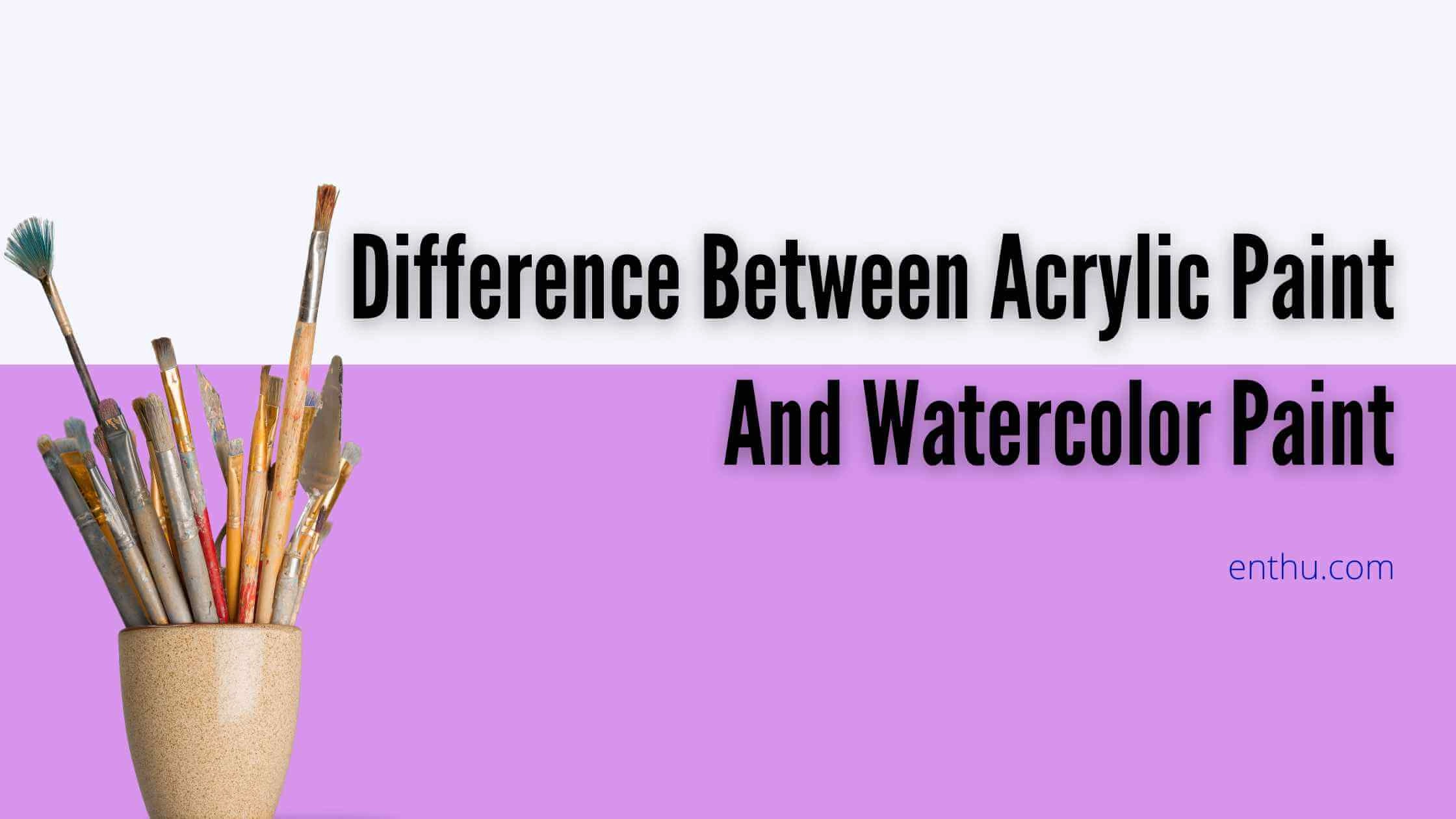
2. Is it ok to use Acrylic Paint on Normal Paper?
While it is possible to use acrylic paint on normal paper, it may not be the best choice. Regular paper is not designed to handle the heavy application of acrylic paint, which can cause it to buckle, warp, or tear.
In addition, regular paper may not have the necessary absorbency or tooth to properly hold and adhere to the acrylic paint, resulting in a less-than-ideal painting surface.
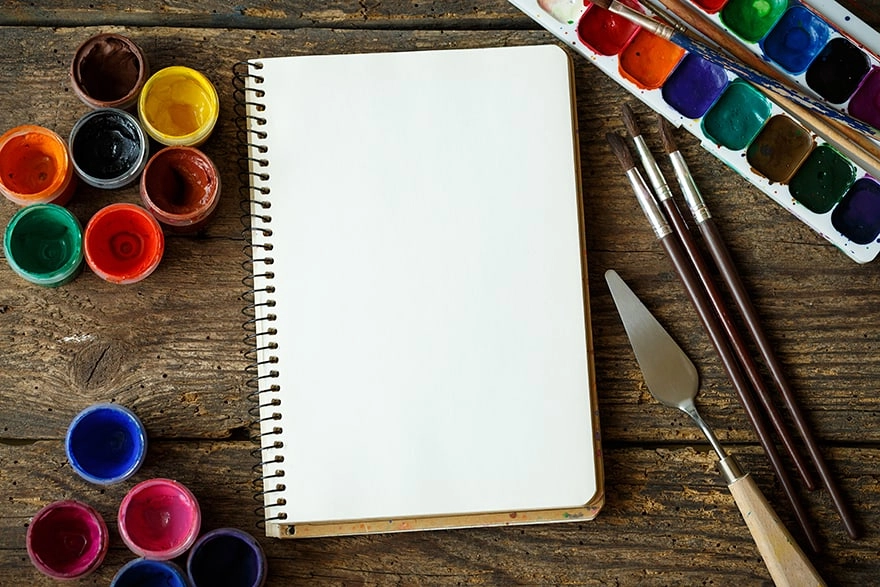
To get the best results with acrylic paint, it is recommended to use paper specifically designed for acrylic painting or heavy-weight paper such as mixed media paper.
These types of paper are more durable and have a surface that is better suited to hold and absorb the acrylic paint, resulting in a better-looking and longer-lasting artwork.
What are 3 Benefits of Acrylic Paints?
There are several benefits to using acrylic paints in arts and crafts projects. Here are three of them:
1. Quick Drying
Time One of the primary benefits of acrylic paints is their quick drying time. Unlike oil paints, which can take days or even weeks to dry, acrylic paints dry within minutes to hours, depending on the thickness of the paint and the humidity in the environment.
This allows artists to work more quickly and make changes or corrections to their artwork without having to wait for the paint to dry.
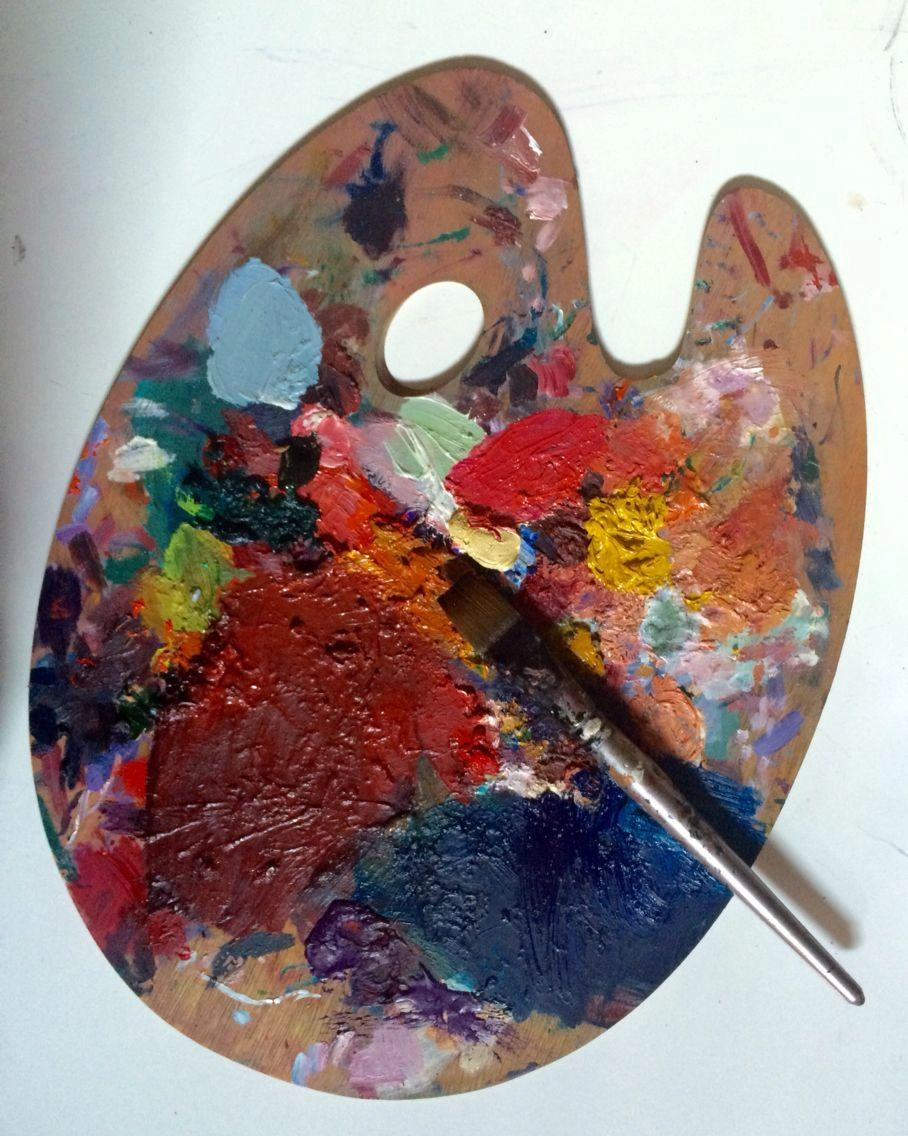
2. Versatility
Acrylic paints are extremely versatile and can be used on a wide range of surfaces, including canvas, paper, wood, metal, and more.
They can also be used with a variety of techniques, including layering, glazing, and impasto, and can be mixed with a range of mediums to create unique effects.
3. Durability
Acrylic paints are known for their durability and resistance to fading, cracking, and yellowing over time. They are also water-resistant once dry, which makes them ideal for outdoor projects or artwork that may be exposed to moisture.
Additionally, acrylic paints are non-toxic and easy to clean up with soap and water, making them a safer and more environmentally friendly choice compared to some other types of paints.
Conclusion
It is important to keep in mind that acrylics have different properties than watercolors. Using them on watercolor paper can result in a different finished product.
Acrylics can be more difficult to control, as they don't react in the same way as watercolors do. While acrylic paint can be used on watercolor paper, it requires a different approach and understanding of the mediums.
FAQ’s
1. Can you use acrylic paint on watercolor paper?
Yes, you can use acrylic paint on watercolor paper. The texture and absorbency of watercolor paper can work well with acrylics, allowing for interesting effects and techniques.
2. Will acrylic paint damage watercolor paper?
Generally, acrylic paint will not damage watercolor paper. However, if applied in thick layers without appropriate techniques, it might create warping or buckling. It’s a good idea to use heavier-weight watercolor paper for best results.
3. Do I need to prepare the watercolor paper before using acrylic paint?
While it’s not mandatory, preparing the watercolor paper can enhance your results. You might want to gesso the surface to create a smoother finish and prevent excessive absorption of the acrylic paint.
4. What types of techniques work well on watercolor paper with acrylic paint?
Acrylic paint can be used for various techniques on watercolor paper, including layering, glazing, and dry brushing. The texture of the paper adds a unique quality to these techniques.
5. Can I mix mediums while using acrylic paint on watercolor paper?
Yes, mixing mediums such as watercolor, acrylic inks, or pastels can yield creative results. Just make sure the mediums are compatible to avoid any adverse reactions.
6. How do I avoid warping when using acrylic paint on watercolor paper?
To minimize warping, you can secure the edges of the paper with tape before painting or use a thicker-weight watercolor paper. Applying thin layers of paint rather than thick ones also helps.
7. Is it possible to use acrylic paint on wet watercolor paper?
You can apply acrylic paint on wet watercolor paper, but the effects will differ from dry painting. The paint may spread and blend more, creating softer edges.
8. What colors work best when using acrylics on watercolor paper?
All acrylic colors can be used, but it's recommended to use high-quality, artist-grade acrylics for better results. Experiment with different brands to find what works best for your style.
9. Can I use acrylic paint for detailed work on watercolor paper?
Yes, acrylic paint can be used for detailed work. However, fine brushes and the right techniques, like layering, will yield the best-detailed effects on watercolor paper.
10. Is there a difference in drying time when using acrylics on watercolor paper?
The drying time of acrylic paint remains mostly the same on watercolor paper as it does on other surfaces. However, the absorbency of the paper may cause the paint to dry faster in some cases.
Feel free to use these FAQs as a guide to explore the creative possibilities of using acrylic paint on watercolor paper!


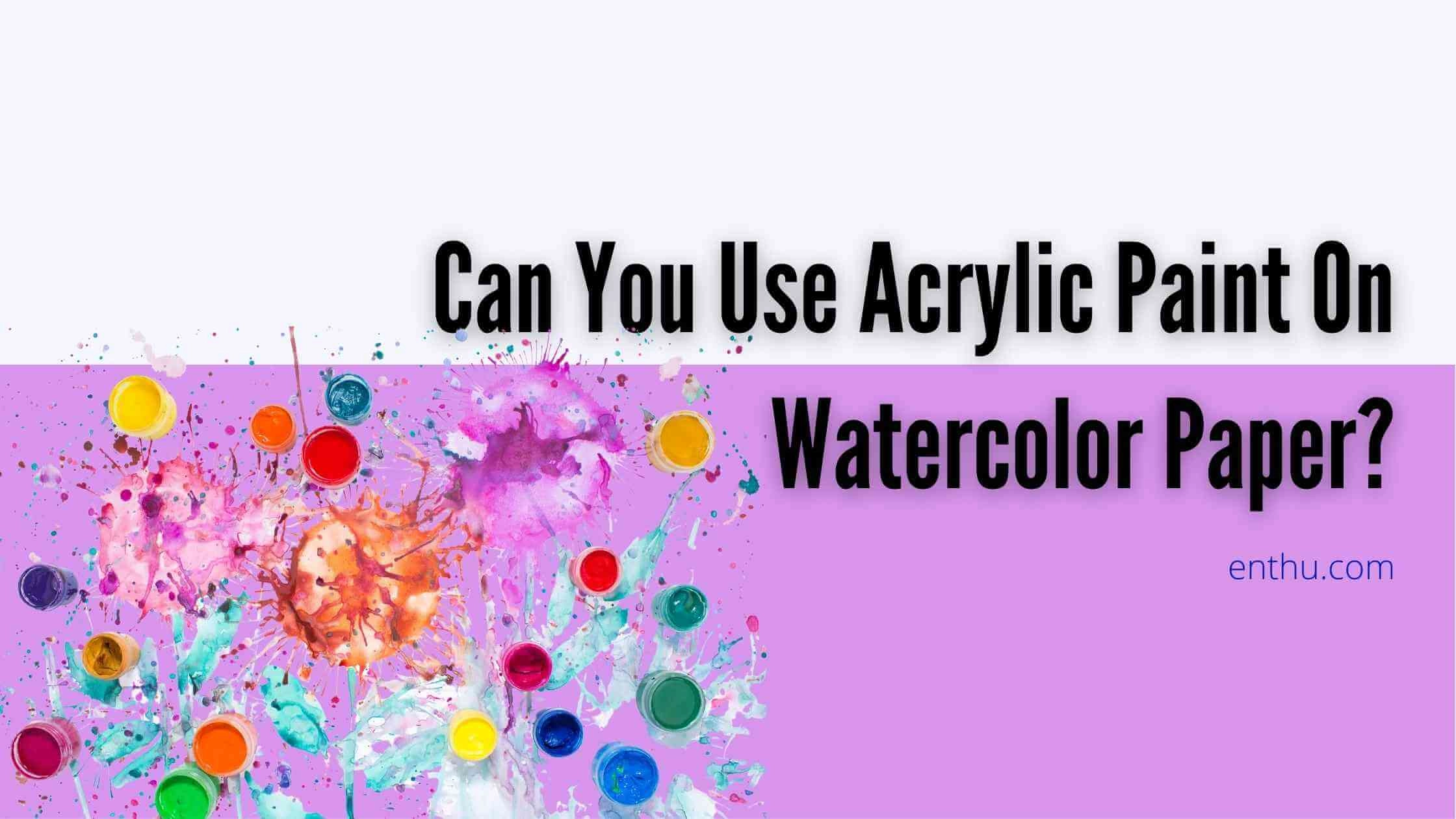
.png)


Comments